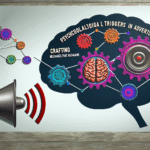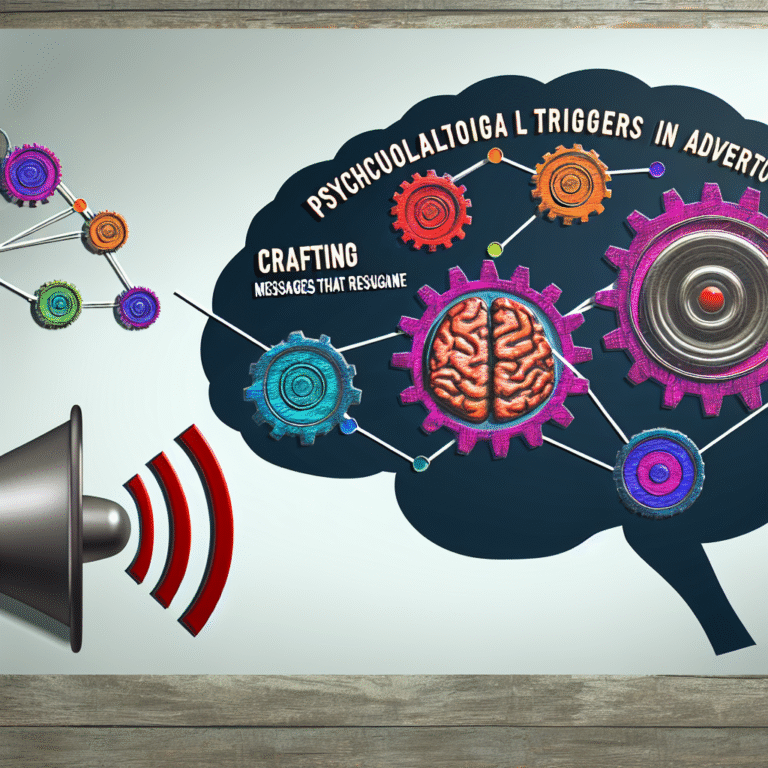Exploring Gender Dysphoria: The Psychological Impact of Identity Discrepancies
Introduction: The Vital Conversation Around Gender Dysphoria
In an era where discussions about identity are becoming more robust and visible, the topic of gender dysphoria stands at the forefront of societal conversations. Understanding the psychological impact of identity discrepancies is not only crucial for those experiencing them but also for society as a whole. Gender dysphoria, the profound emotional distress stemming from a disconnect between one’s assigned gender at birth and their experienced gender, is a subject warranting our attention. As we dive deep into Exploring Gender Dysphoria: The Psychological Impact of Identity Discrepancies, we uncover the complex tapestry of implications it has on mental health, self-perception, and social interactions.
The relevance of this topic can’t be overstated. Recent studies reveal that a significant percentage of the population experiences some form of gender dysphoria. With escalating societal recognition of diverse gender identities, it is vital to delve into the psychological ramifications of living in a society that might not fully embrace these identities. This article aims to shed light on the nuanced psychological facets of gender dysphoria, share real-life stories, and ultimately inspire empathy and understanding.
Understanding Gender Dysphoria
Defining Gender Dysphoria
Gender dysphoria is characterized by a marked difference between an individual’s expressed/experienced gender and the gender assigned at birth, leading to significant distress or impairment in social, occupational, or other areas of functioning. According to the Diagnostic and Statistical Manual of Mental Disorders (DSM-5), this is more than just a feeling; it’s an experience that can cause profound psychological distress.
The Spectrum of Gender Identity
Gender is not a binary system but exists on a spectrum. Many individuals identify as non-binary, genderqueer, or gender-fluid, which complicates traditional notions of gender and, indeed, dysphoria. As we explore Exploring Gender Dysphoria: The Psychological Impact of Identity Discrepancies, it is essential to recognize the diversity within gender identities and the different experiences individuals may have.
Psychological Models and Theories
To further understand gender dysphoria, various psychological models shed light on the experience. The Cognitive Behavioral model suggests that cognitive distortions about gender can contribute to feelings of dysphoria, while the Attachment Theory points to early relationships and experiences affecting one’s identity development. An integrated approach often gives the most comprehensive understanding of the complex nature of gender identity.
The Psychological Impact of Identity Discrepancies
Emotional Distress and Mental Health Implications
Many individuals experiencing gender dysphoria face significant emotional challenges, including anxiety, depression, and even suicidal ideation. Studies show that transgender individuals are significantly more likely to experience mental health issues than their cisgender counterparts. This disparity can be attributed to societal stigma, discrimination, and the internal conflict inherent in identity discrepancies.
Table 1: Mental Health Statistics for Transgender Individuals
| Measure | Transgender Individuals | General Population |
|---|---|---|
| Anxiety Disorders (%) | 38% | 18% |
| Major Depression (%) | 30% | 7% |
| Suicide Attempts (%) | 41% | 1.6% |
This data underscores the urgency of adequately addressing the psychological needs of those with gender dysphoria through comprehensive mental health support and societal change.
Case Study 1: Alex’s Journey to Self-Acceptance
Alex*, assigned female at birth, struggled with her identity throughout her adolescence. The emotional turmoil escalated into severe depression, leading Alex to seek therapy. Through cognitive behavioral therapy and support from the LGBTQ+ community, she began transitioning and found greater peace in her identity. This success story illustrates the importance of skilled mental health support in alleviating the psychological impact of gender dysphoria.
Analysis: Alex’s journey highlights the transformative power of professional support and community acceptance, demonstrating that liberation from dysphoria often requires both personal and social factors to align.
Social Impacts and Identity Discrepancies
Acceptance and Rejection: The Social Landscape
The social environment plays a critical role in the psychological ramifications of gender dysphoria. Acceptance can mitigate feelings of dysphoria, while rejection—whether familial, occupational, or societal—can exacerbate mental health issues. The negative experiences that many face due to their gender identity contribute significantly to feelings of isolation and despair.
Image Suggestion: Infographic depicting acceptance rates of transgender individuals across different family dynamics.
Case Study 2: Jamie’s Family Dynamics
Jamie* faced a hostile family environment after coming out as transgender. The rejection from her parents led to significant increases in anxiety and depression. Eventually moving to an affirming environment, Jamie found both community support and acceptance, which drastically improved her mental health and well-being.
Analysis: Jamie’s experience serves as a reminder that family acceptance can dramatically affect an individual’s mental health and highlights the urgent need for educational resources aimed at families of transgender individuals.
The Role of Healthcare in Addressing Dysphoria
Access to Resources: Finding Support
Healthcare accessibility is pivotal for individuals experiencing gender dysphoria. Gender-affirming healthcare can alleviate some psychological distress associated with identity discrepancies. However, barriers such as discrimination or lack of knowledgeable providers often stand in the way of obtaining necessary care.
Case Study 3: Michael’s Healthcare Experience
Michael* navigated multiple healthcare systems to find providers who properly understood and supported his gender transition. His previous encounters with healthcare professionals who exhibited transphobia led to feelings of worthlessness and anxiety. Proper access to gender-affirming resources allowed Michael to foster a healthier identity, which significantly improved his mental health.
Analysis: Michael’s experiences reveal the direct connection between quality healthcare and psychological wellbeing, pointing to the necessity for the medical community to offer informed and compassionate care.
Coping Mechanisms and Strategies for Well-Being
Tools for Managing Dysphoria
For those navigating gender dysphoria, several coping mechanisms can alleviate distress:
- Therapy: Engaging in talk therapy, especially with mental health professionals who specialize in gender identity issues, can foster understanding and provide strategies for coping with stress.
- Community Support: Connecting with like-minded individuals offers a sense of belonging and reduces feelings of isolation.
- Self-Expression: Engaging in art, writing, or other forms of self-expression can serve as emotional outlets for those managing their dysphoria.
Confronting Dysphoria: Mindfulness Practices
Mindfulness techniques can empower individuals to manage their feelings surrounding gender dysphoria. Practicing mindfulness involves being aware of thoughts and feelings without judgment. Techniques such as meditation and yoga can effectively ground individuals and promote self-acceptance.
Conclusion: Emphasizing Understanding and Support
In Exploring Gender Dysphoria: The Psychological Impact of Identity Discrepancies, it becomes evident that the conversation around gender identity is not merely academic but deeply human. The psychological ramifications of being misaligned with one’s gender identity can have profound impacts on an individual’s mental health and overall quality of life.
As we move forward, fostering understanding and empathy toward those experiencing gender dysphoria is essential. Providing supportive environments, advocating for access to healthcare, and encouraging open dialogues can significantly improve the lives of many. These actions not only benefit individuals but contribute to a more inclusive society.
FAQs
1. What causes gender dysphoria?
Gender dysphoria arises from a complex interaction between biological, psychological, and environmental factors. It’s crucial to note that it’s not a disorder in the traditional sense but a legitimate experience of misalignment between one’s gender identity and assigned gender.
2. Is gender dysphoria the same as being transgender?
Not necessarily. While many transgender individuals experience gender dysphoria, not all do. Some may feel comfortable in their gender identity without distress.
3. How can family members support someone with gender dysphoria?
Family members can offer support by educating themselves about gender identity, listening without judgment, and affirming their loved one’s identity through language and actions.
4. What therapies are effective for managing gender dysphoria?
Cognitive Behavioral Therapy (CBT) and supportive psychotherapy are often effective. Finding a therapist specialized in gender identity can be particularly beneficial.
5. Can gender dysphoria be resolved?
Many individuals find relief through processes like transitioning or through social acceptance and personal coping strategies. An understanding environment can significantly improve a person’s well-being, but the experience of dysphoria differs for each individual.
In creating this comprehensive look at Exploring Gender Dysphoria: The Psychological Impact of Identity Discrepancies, the aim was to provide valuable insights that illuminate the complexities surrounding this critical topic. Understanding gender dysphoria’s psychological impacts helps us move toward a more empathetic and informed society.











